Storytelling heals in ways we often overlook—it allows us to process pain, connect with others, and inspire change. Stories have always been part of how we connect, share, and grow as people.
Storytelling heals in ways we often forget. It is one of the oldest human traditions—long before we etched history into stone or bound it into books, we sat around fires, sharing myths and memories. From cave paintings to digital diaries, stories have always helped us make sense of the world—and ourselves. But storytelling is more than entertainment. Storytelling heals trauma, builds community, and ignites inspiration even in the darkest of times.

The Ancient Power of the Story: How Storytelling Heals Across Time
Across all cultures and continents, storytelling heals as a sacred practice. Indigenous peoples use oral traditions to preserve wisdom. Spiritual leaders convey lessons through parables. Families pass down values through generational tales. What all these traditions share is an understanding: storytelling heals and acts as medicine.
Stories teach. We remember through them. They create connection.
And they heal.
At the core of storytelling is meaning-making. When we shape our experiences into a narrative, we’re not just recounting events—we’re assigning value, agency, and identity. That act alone can be deeply therapeutic.
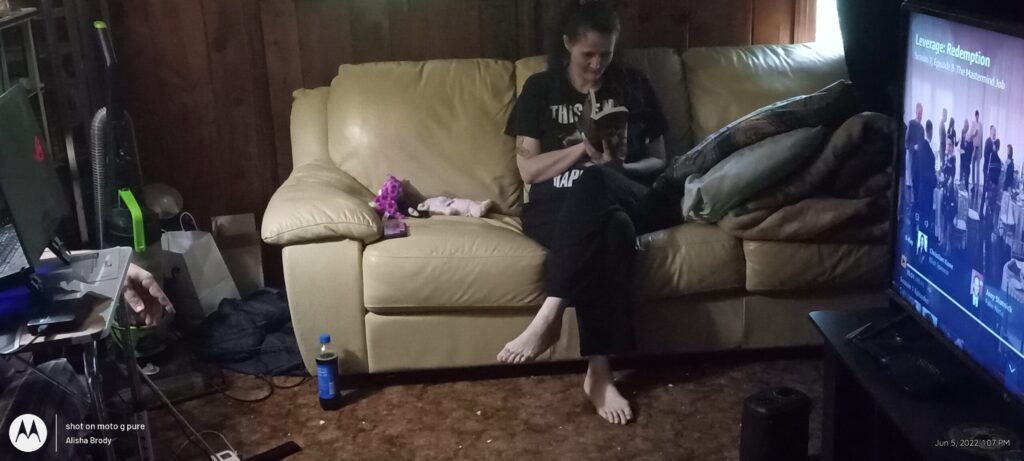
Healing Through Personal Narrative: How Storytelling Heals
Psychologists have long recognized the benefits of storytelling in therapy. Narrative therapy, for instance, helps people reframe their lives by changing the way they tell their stories. Instead of viewing oneself as a victim, one can become a survivor—or even a warrior. The story doesn’t erase the pain, but it shifts the power.
Consider someone who has experienced trauma. The initial story might sound like:
“Something awful happened to me, and I’ve never been the same.”
Through healing and storytelling, that narrative might evolve into:
“I endured something painful, but it showed me my strength and shaped who I’ve become.”
That transformation isn’t just poetic—it’s neurological. Studies show that journaling or talking about painful experiences can reduce stress, regulate emotions, and even boost immune function. Our brains crave coherence. By giving our lives a beginning, middle, and end—even if it’s messy—we gain clarity and closure.
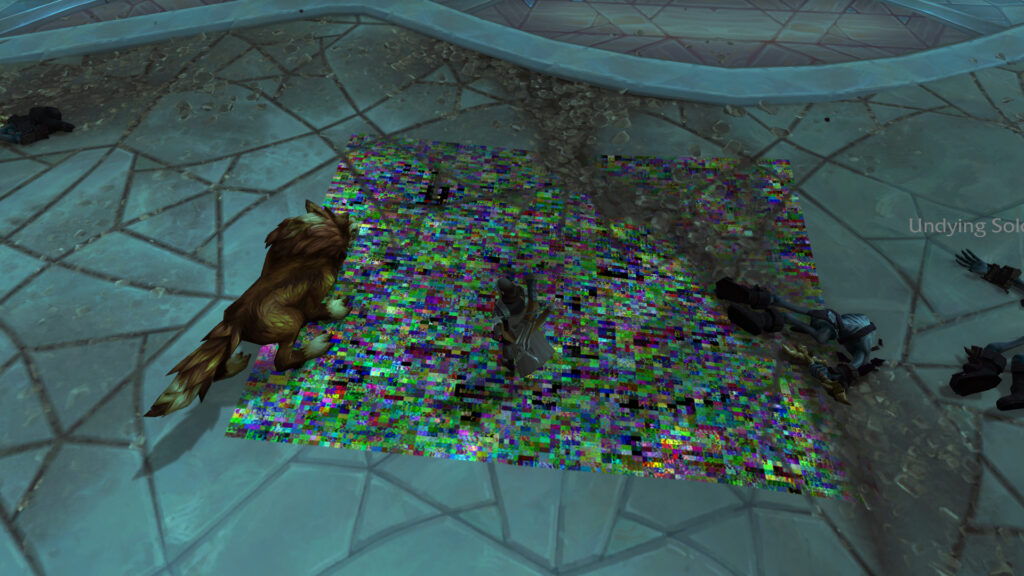
Collective Healing in Community: How Storytelling Heals Together
Healing through storytelling doesn’t have to be a solitary act. In fact, it often works best in community. Support groups, cultural gatherings, and storytelling circles provide a safe space for people to witness each other’s pain—and perseverance.
When we share our stories in a group, we send a signal: “You’re not alone.” That validation can be life-changing.

Take for example the rise of #MeToo and similar movements. When thousands of people shared their stories of abuse, it didn’t just raise awareness—it helped individuals feel seen, supported, and believed. Each story added momentum to the collective healing.
In marginalized communities, storytelling can be an act of resistance and reclamation. It preserves identity, challenges dominant narratives, and offers younger generations a mirror in which they can recognize their own strength.

The Role of Fiction in Emotional Resilience
While personal narratives can be healing, fiction also has a profound impact. Stories—whether told in books, films, games, or theatre—allow us to experience emotional journeys safely. We cry with characters. Our fears are faced. We imagine better worlds and, in doing so, begin to believe in our own power to create them.
This is why fantasy, science fiction, and folklore are more than escapism. They’re often allegories for trauma, transformation, and transcendence. The dragon may be a metaphor for depression. The journey through the underworld might mirror a dark night of the soul. When a hero rises, we feel our own courage stirred.
Reading fiction has even been shown to increase empathy. As we immerse ourselves in another’s story—real or imagined—we learn to see through different eyes. This expands our capacity for compassion, both for others and for ourselves.

Storytelling as a Spiritual Tool
In spiritual paths, storytelling serves as a sacred bridge between the mundane and the mystical. Tarot, myth, dreamwork, and ritual all rely on symbolic narratives to guide the seeker inward. These stories don’t always claim to be factual—but they’re deeply true in the archetypal, emotional, and energetic sense.
A tarot spread, for example, lays out a story. A seeker pulls the Ten of Swords (pain), the Hanged Man (suspension), and the Star (healing). That sequence may mirror their inner journey—acknowledging despair, surrendering to stillness, and eventually finding hope. The cards don’t dictate fate; they reflect the story unfolding within.
Rituals also use narrative structure. There’s a beginning (intention-setting), middle (the symbolic act), and end (release or celebration). That structure provides containment, allowing emotions to rise and be processed with purpose. Like chapters in a book, rituals segment the healing journey into manageable arcs.
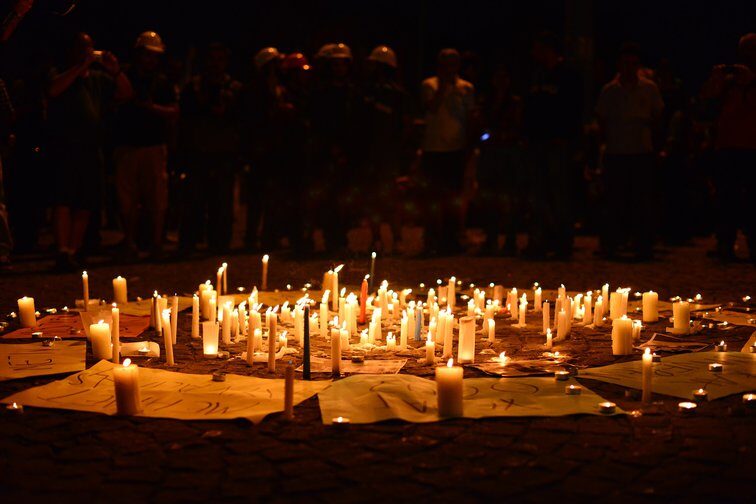
Inspiring Action Through Story
Stories don’t just help us process the past; instead, they also fuel our future. For example, think of every speech that moved a nation. Likewise, remember every book that sparked a movement. And finally, consider every film that challenged the status quo.
Martin Luther King Jr. painted a dream, not a data chart. Malala Yousafzai shared her story—not a statistic. When we listen to real stories of courage, survival, and transformation, we’re often moved to reflect, respond, and rise.
As content creators, activists, or educators, sharing stories can spark change. A powerful narrative can inspire someone to vote, donate, speak up, or simply believe in their own worth. We remember stories far longer than we remember facts.
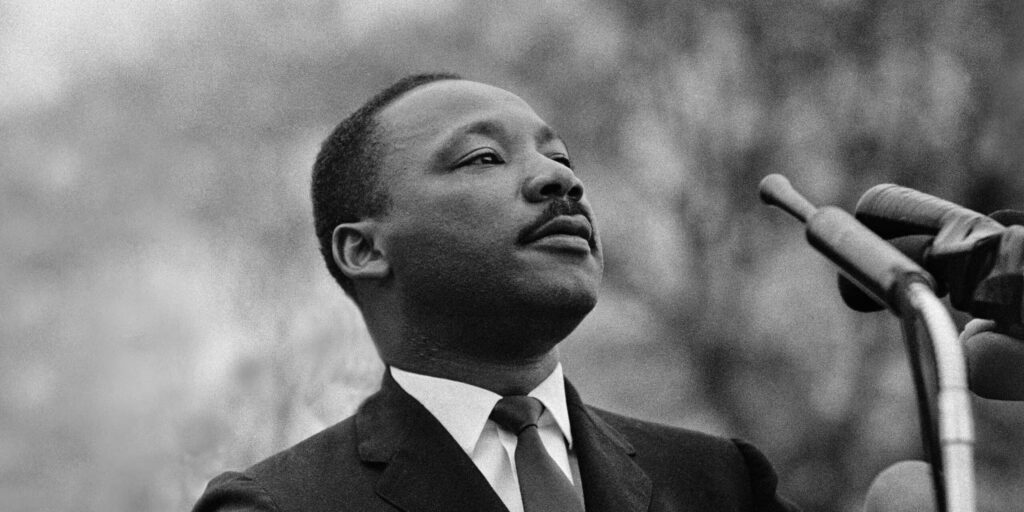
Your Story Matters
You don’t need to be a professional writer or public speaker to tell your story. Your truth—raw, imperfect, evolving—is sacred. Whether you share it through poetry, social media, a private journal, or whispered conversation with a friend, your story holds power.
Here are some ways you can begin to use storytelling for healing and inspiration. First, start by sharing your own experiences. Next, listen to the stories of others with openness and empathy. Finally, find opportunities to connect these stories in ways that build hope and community.
Write Your Truth
To begin, start with small prompts. For example, write about a memory that shaped you. Then, expand by exploring how it connects to your present life. Finally, reflect on what lessons or inspiration that story offers for the future.
- To begin reflecting, ask yourself: what moment in your life changed you? Then, consider how that experience shaped who you are today. Finally, think about how sharing that story could inspire or heal someone else.
- When did you feel most powerful?
- To start, ask yourself: what’s a pain you’ve carried? Next, reflect on the ways you’ve managed to survive it. Finally, consider how sharing that story might help others see that storytelling heals.
To begin, don’t worry about grammar—just get it out. Then, allow the words to flow without judgment. Finally, you can always shape and refine the story later.
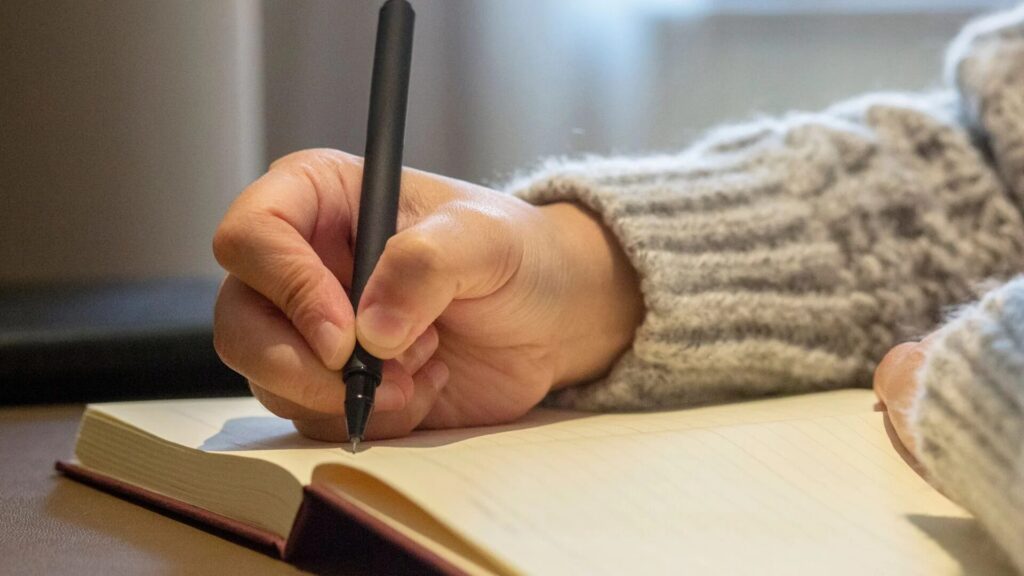
Reframe Your Narrative
If a part of your life feels heavy, then try telling it from a different lens. First, ask yourself: what did you learn? Next, reflect on the strengths you developed. Finally, consider what your future self might say about this chapter.
This practice doesn’t negate the pain, but it reclaims the story’s authorship.
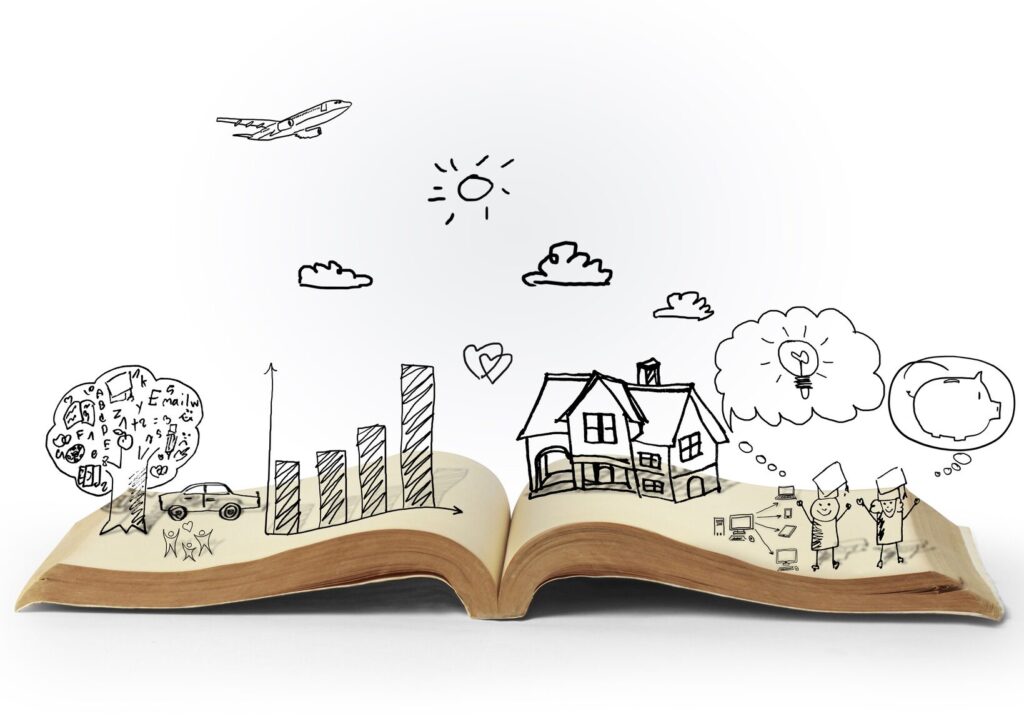
Share Selectively
Vulnerability is powerful; however, boundaries matter too. First, share your story with people who can hold it with care. Next, decide whether to share online, offline, or within a trusted community. Finally, remember to always choose your audience wisely.
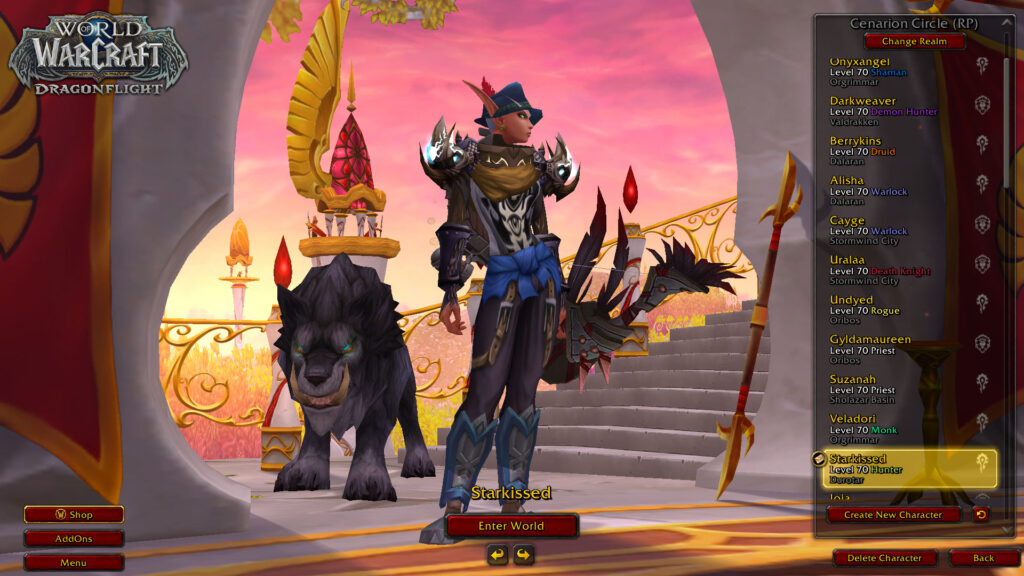
Use Symbolism
If direct storytelling feels too raw, use metaphor. Create a poem, draw a comic, or build a character that represents your journey. Sometimes truth hides best in fantasy.

Witness Others
Healing flows both ways. When you listen to someone else’s story without judgment, you become a mirror. Your presence says: “You matter. I hear you.” And that alone can be enough to spark healing.

Final Thoughts: Becoming the Author of Your Life
Life doesn’t hand us a script. But we can still become the authors of our experience. Through storytelling, we gain the language to name our wounds and the courage to name our desires. We realize we are not the broken plot twist—we are the protagonist still in progress.
Storytelling doesn’t fix everything. But it reminds us that we’re not alone. That we’re still here. And that every chapter—even the painful ones—has the potential to become part of something beautiful.

So write your story. Speak your truth. Share your scars and your victories alike.
You never know who needs to hear it.
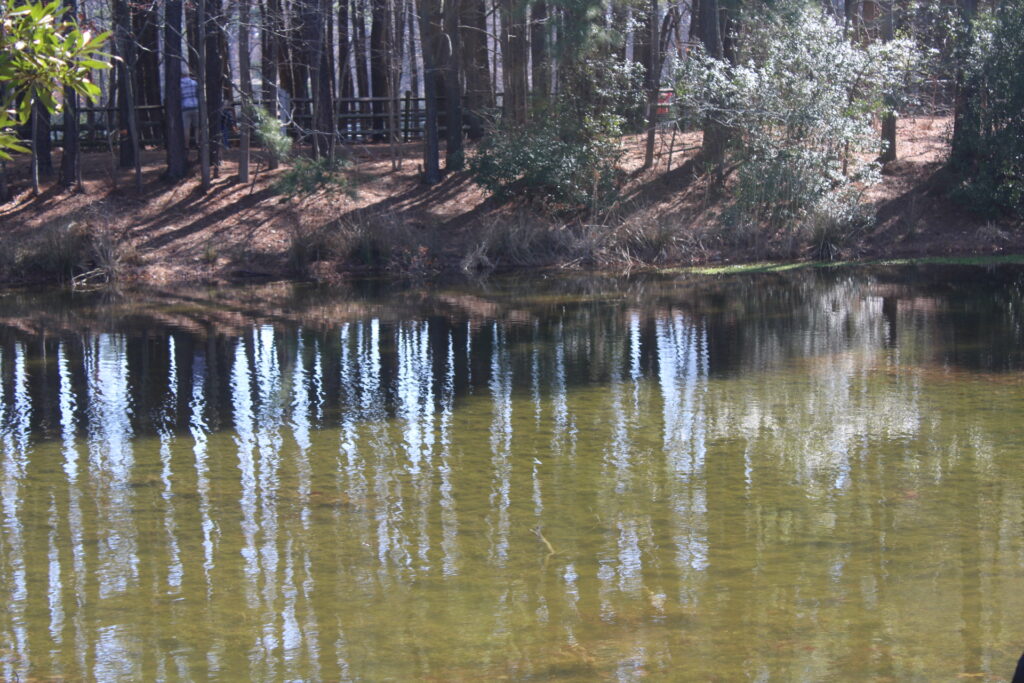
Because sometimes, a single story is all it takes to heal a heart—or ignite a revolution.

Leave a Reply